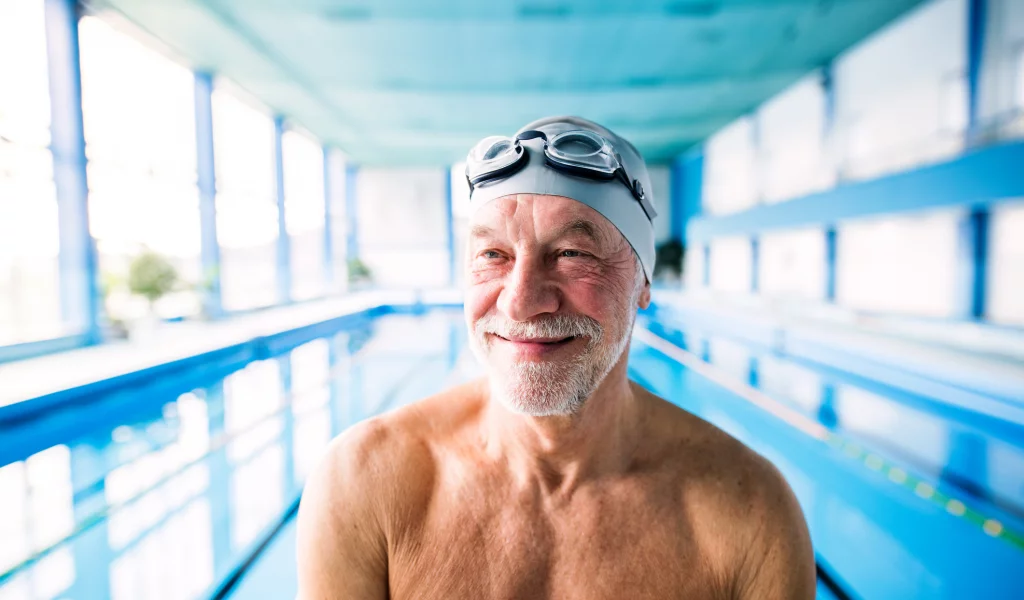
Breathing and energy
Breathing is our primary need. Everything else -sleep, food, water, exercise, love, etc.- is secondary.
The natural follow-up question is: “Why is oxygen so vital?” The answer is that it enables us to produce energy effectively and efficiently.
We can produce energy from our food and drinks in two ways: with or without oxygen.
Energy production WITHOUT oxygen only gives 6% energy
The energy that is produced in our body is called ATP, or Adenosine Triphosphate. ATP production is a universal process used by all living organisms, be they plants, animals, or humans. ATP is our body’s energy currency, and it is used to accomplish work, such as moving a muscle, thinking a thought, digesting food, or fighting bacteria.
Energy production without oxygen is an anaerobic process known as fermentation. While it does produce energy quickly, it produces very little energy, comparatively speaking.
Fermentation produces two ATP from one nutritional molecule. This means that only 6% of the available energy from nourishment is extracted. Furthermore, only sugar, or glucose as it’s called when it’s stored in the body, is used as fuel. Since fat can’t be burned without oxygen, you shut the door slightly to your fat reserves and over time it may lead to sugar cravings and overweight.
Energy production WITH oxygen produces up to 100% energy!
When we produce energy with oxygen it is an aerobic process known as combustion or cellular respiration. This process is slower but very effective, and it occurs in the cell’s mitochondria.
With combustion, up to 100% of the accessible energy is extracted. From the same amount of nourishment, up to 30-32 ATP is produced, in other words, combustion creates 16 times as much energy as energy production without oxygen. Additionally, with aerobic combustion, the mitochondria can use sugar as well as fat as fuel.
Our need for ATP is enormous. A single cell can consume 10 million ATP every second. When you add the fact that our body is comprised of approximately 50,000 billion cells, it means that in a single 24-hour period, we go through enough ATP to equal our own body weight!
So, when we stop breathing we die because of lack of oxygen which in turn creates energy deficiency, as the mitochondria stop working.
Do you live your life as if it were a series of 100-meter races? The ATP energy that is created in the body works the same way as money in your wallet. When you have money, you can eat your fill, buy clothes, and find a place to live, while a lack of money can make life harder.
Running a 100-meter dash is an example of an anaerobic activity. You need energy quickly, and your lungs and heart can’t quite keep up, so you’re forced to rely on producing more energy without oxygen.
A 100-meter dash is characterised by high intensity, but we can’t keep it up for long and it takes a long time to recover. If you run around, constantly stressed, and live life like it’s a series of 100-meter dashes, you reprogram your body to increasingly attempt to fill your body’s energy requirements without oxygen.
During an oxygen shortage, the starved mitochondria decrease in number and size, similar to a business that has 100 factories but only uses 50. Eventually, the unused factories will be shut down, in accordance with the principle, “If you don’t use it, you lose it.”
The organs and functions which suffer the most when you have poor breathing habits are naturally those that use the most energy: your brain, heart, liver, kidneys, eyes, and muscles.
If you don’t do anything about poor breathing habits, they won’t get better. Quite the opposite; they are likely to gradually worsen, and the oxygen shortage, lack of energy, and chaos in your body will increase.
Read my blog about good breathing habits here.


